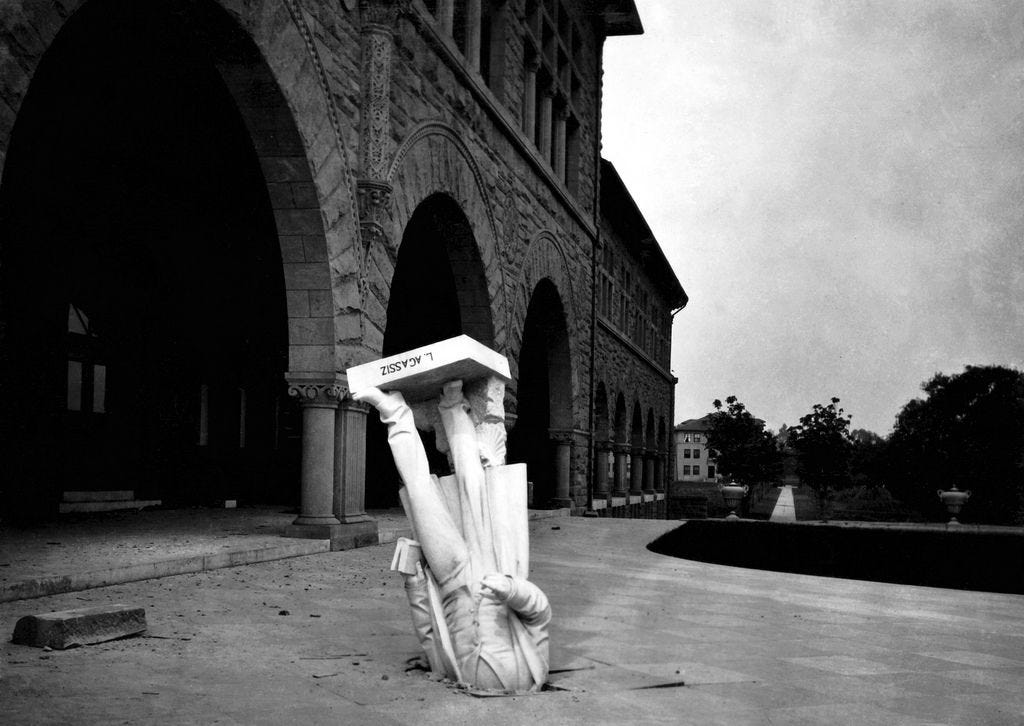How radical acts of reparative memory (art)work unravel racist legacies of the past, leading us to question why our digital archival work continues to be imprisoned within the limits of our technological imaginings
📚 You can buy any book in this newsletter from my store on Bookshop.org
🎟️ I will be speaking at UNPARSED — The World's Most Loved Conversational AI conference! My talk, “Whose English gets to be default?”, is taking place in London and online, Monday 17 — Wednesday 19 June

Archives are central to creative work. There is a pertinent need for design researchers to gather and organise artefacts, despite being under pressure to present ideas as solitary innovations decoupled from their socio-historical context.
“Archives are not inert historical collections. They always stand in an active, dialogic, relation to the questions which the present puts to the past; and the present always puts its questions differently from one generation to another.” — Constituting an Archive, pg. 92
Within a patriarchal technology industry, archival work is perceived as peripheral, and its attendant care work devalued. The rush to be first to market causes a loss of historical perspective which has a ruinous effect on a design researcher’s ability to contextualise their work.
“The very idea of a ‘living archive’ contradicts this fantasy of completeness. As work is produced, one is, as it were, contributing to and extending the limits of that to which one is contributing. It cannot be complete because our present practice immediately adds to it, and our new interpretations inflect it differently.” — Constituting an Archive, pg. 91
Care work is crucial for every archive. Care speaks to our recognition of the living archive — an idea vividly described by cultural theorist Stuart Hall. In Constituting an Archive, he writes that the living archive “contradicts this fantasy of completeness” that we are tasked with bringing into existence. The metaphor of the living archive is instructive because it reminds us that archives age and change shape. The body of an archive will grow in directions that we may have never envisaged from the outset.
Keep reading with a 7-day free trial
Subscribe to First & Fifteenth to keep reading this post and get 7 days of free access to the full post archives.

